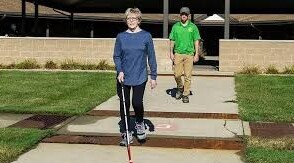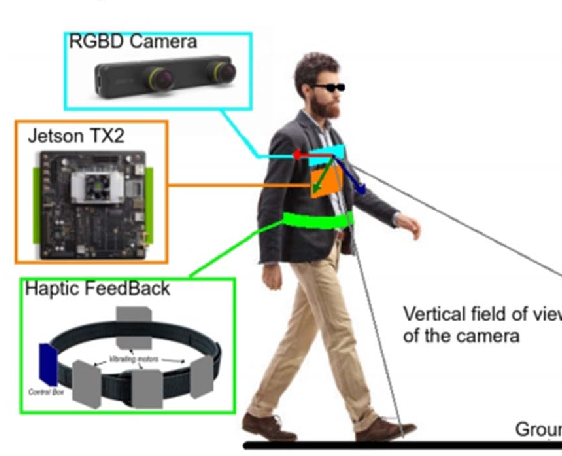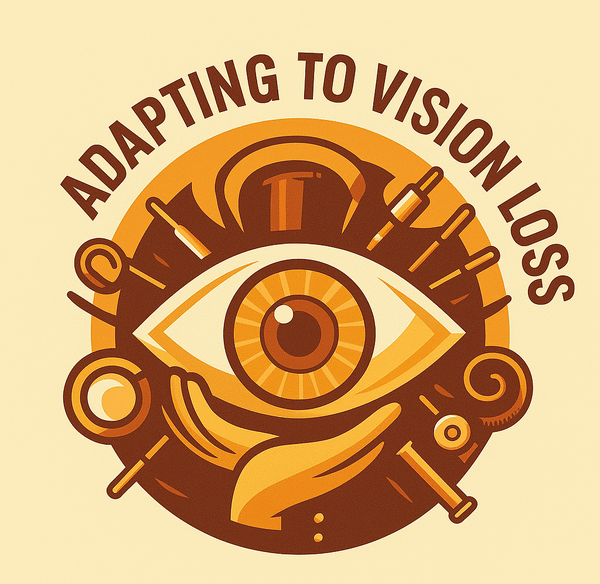
Navigating life with vision loss often comes with unique challenges, especially when it comes to getting around. However, accessing mobility services doesn’t have to break the bank. Over the years, I’ve discovered a variety of resources and strategies that can help individuals with visual impairments stay mobile without stretching their budgets. Here’s my guide to finding affordable or free mobility services and making the most of them.

1. Tap into Community-Based Services
Many local organizations and nonprofits offer free or low-cost transportation services for people with disabilities. These services often include:
- Paratransit Programs: These are door-to-door services provided by public transit agencies. They’re typically affordable and cater specifically to individuals with disabilities who cannot use regular public transportation.
- Volunteer Driver Programs: Some nonprofits, like the Lions Club or local senior centers, have volunteers who provide rides to medical appointments, grocery stores, or community events.
- Faith-Based Organizations: Many churches and religious groups offer transportation assistance to those in need, regardless of religious affiliation.
To find these services, check with your local disability resource center or United Way chapter.

2. Use Public Transportation Discounts
Most public transit systems offer reduced fares for people with disabilities. To take advantage of these discounts:
- Apply for a Reduced Fare Card: Contact your local transit authority to learn about eligibility and application processes.
- Plan Ahead with Accessibility Tools: Use apps like BlindSquare or Moovit to plan your route and navigate public transportation confidently.
Even if public transportation feels daunting at first, mobility training programs (discussed below) can help you become more comfortable.

3. Explore Ride-Share Services with Subsidies
Ride-share services like Uber and Lyft are convenient, but costs can add up. Here’s how to make them more affordable:
- Uber WAV or Lyft Access: These programs provide wheelchair-accessible vehicles and may offer discounted rates for riders with disabilities.
- Government or Nonprofit Subsidies: Some cities partner with ride-share companies to subsidize rides for individuals with disabilities. Contact your local government or disability services office to see if these programs are available in your area.
- Share Your Ride: Consider carpooling with friends or other community members to split the cost.

4. Take Advantage of Mobility Training Programs
Orientation and mobility (O&M) training teaches skills like using a white cane, navigating public transit, and crossing streets safely. Many organizations offer these services at little to no cost:
- State Services for the Blind: Most states have agencies that provide free or low-cost O&M training for residents with visual impairments.
- National Federation of the Blind (NFB): The NFB offers workshops and training programs to help individuals gain confidence in their mobility skills.
- Independent Living Centers: These centers often provide free mobility training and other support services.
O&M training not only improves your confidence but also helps you maximize the mobility options available to you.

5. Apply for Grants and Financial Assistance
If purchasing mobility aids or services feels out of reach, there are grants and financial assistance programs that can help:
- Lions Club International: Many local chapters provide financial assistance for mobility aids, such as white canes or guide dog training.
- American Foundation for the Blind (AFB): The AFB’s directory includes funding sources for assistive technology and mobility devices.
- State Vocational Rehabilitation Agencies: These agencies often help cover the cost of mobility aids and training for individuals pursuing employment or education.

6. Leverage Technology for Navigation
Sometimes, the best solutions are already in your pocket. Smartphones and apps can be powerful tools for affordable mobility:
- Be My Eyes: This free app connects you with sighted volunteers who can help you navigate unfamiliar spaces.
- Seeing AI: Microsoft’s free app offers features like reading signs and identifying objects to assist with navigation.
- GoodMaps Explore: This app provides detailed navigation instructions for both indoor and outdoor spaces.
These tools are cost-effective alternatives to expensive standalone devices and can enhance your independence.

7. Look for Employer or Educational Support
If you’re employed or in school, you may be eligible for transportation assistance:
- Employer Programs: Some employers offer commuting benefits or reimbursements for employees with disabilities.
- Educational Institutions: Many colleges and universities provide free or subsidized transportation services for students with disabilities.
Check with your HR department or student services office to learn about available options.

8. Connect with Advocacy Groups
Advocacy organizations can be invaluable for finding affordable mobility services:
- National Federation of the Blind (NFB): The NFB’s state and local chapters often host events and provide resources related to accessible transportation.
- American Council of the Blind (ACB): The ACB advocates for improved transportation options and can help you connect with local resources.
- Local Advocacy Groups: These groups often have up-to-date information on affordable services in your area.
Final Thoughts
Staying mobile is essential for maintaining independence and quality of life, and it doesn’t have to come at a high cost. By tapping into community resources, leveraging technology, and seeking out training and financial assistance, you can access mobility services that fit your budget.
Have you found affordable mobility solutions that work for you? I’d love to hear your tips and experiences. Together, we can build a stronger, more connected community!
